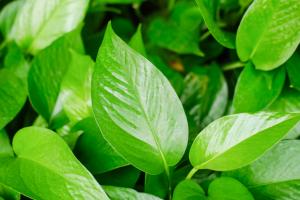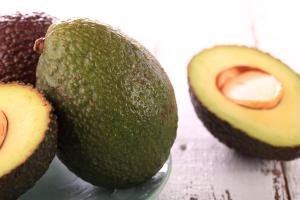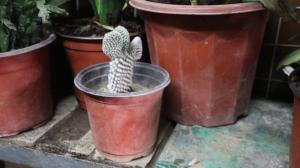What Grows Under Walnut Trees: PNW Native Plants
Walnut trees can be a challenging environment for some plants to grow, as they secrete toxins called juglones that can inhibit the growth of nearby vegetation. However, with some careful planning and a focus on native plants that have adapted to the Pacific Northwest region, it is possible to cultivate a diverse and thriving ecosystem under walnut trees. Here are some native plants that can thrive under walnut trees in the PNW:
1. Oregon Grape (Mahonia aquifolium)
Oregon grape is a hardy evergreen shrub that grows well under walnut trees, thanks to its tolerance of juglones. It has dark, glossy leaves and bright yellow flowers that bloom in early spring, followed by small blue-purple berries that ripen in late summer. Oregon grape is an important food source for birds and other wildlife, and its berries can also be used to make jelly or wine.
2. Salal (Gaultheria shallon)
Salal is another native shrub that can thrive under walnut trees in the PNW. It has leathery green leaves and clusters of white or pink flowers that bloom in summer, followed by dark blue-black berries that ripen in fall. Salal is an important food source for both wildlife and humans, as its berries are edible and can be used to make jam or dried for later use in cooking.
3. Sword Fern (Polystichum munitum)
Sword fern is a hardy native fern that can grow in a variety of soils and environments, including under walnut trees. It has dark green fronds that can grow up to 4 feet in length and provide an attractive groundcover. Sword fern is an important habitat for wildlife, as it provides cover for small animals and birds.
4. Red Huckleberry (Vaccinium parvifolium)
Red huckleberry is a small, shade-tolerant native shrub that can grow under walnut trees in the PNW. It has delicate pink flowers that bloom in spring, followed by bright red berries that ripen in late summer or early fall. Red huckleberry is an important food source for birds and other wildlife, and its berries are also edible and can be used in cooking.
5. Wild Ginger (Asarum caudatum)
Wild ginger is a low-growing native plant that can thrive under walnut trees in the PNW. It has heart-shaped leaves and small, bell-shaped flowers that bloom in early spring. Wild ginger is an important habitat for wildlife, as it provides cover for small animals and birds. It also has medicinal properties and can be used to treat a variety of ailments.
By focusing on native plants that are adapted to the Pacific Northwest region, it is possible to create a thriving ecosystem under walnut trees. These plants not only provide important habitat for wildlife, but also add beauty and diversity to the landscape. So next time you are planting under a walnut tree, consider incorporating some of these native plants into your design!

 how many times do yo...
how many times do yo... how many planted tre...
how many planted tre... how many pine trees ...
how many pine trees ... how many pecan trees...
how many pecan trees... how many plants comp...
how many plants comp... how many plants can ...
how many plants can ... how many plants and ...
how many plants and ... how many pepper plan...
how many pepper plan...

































